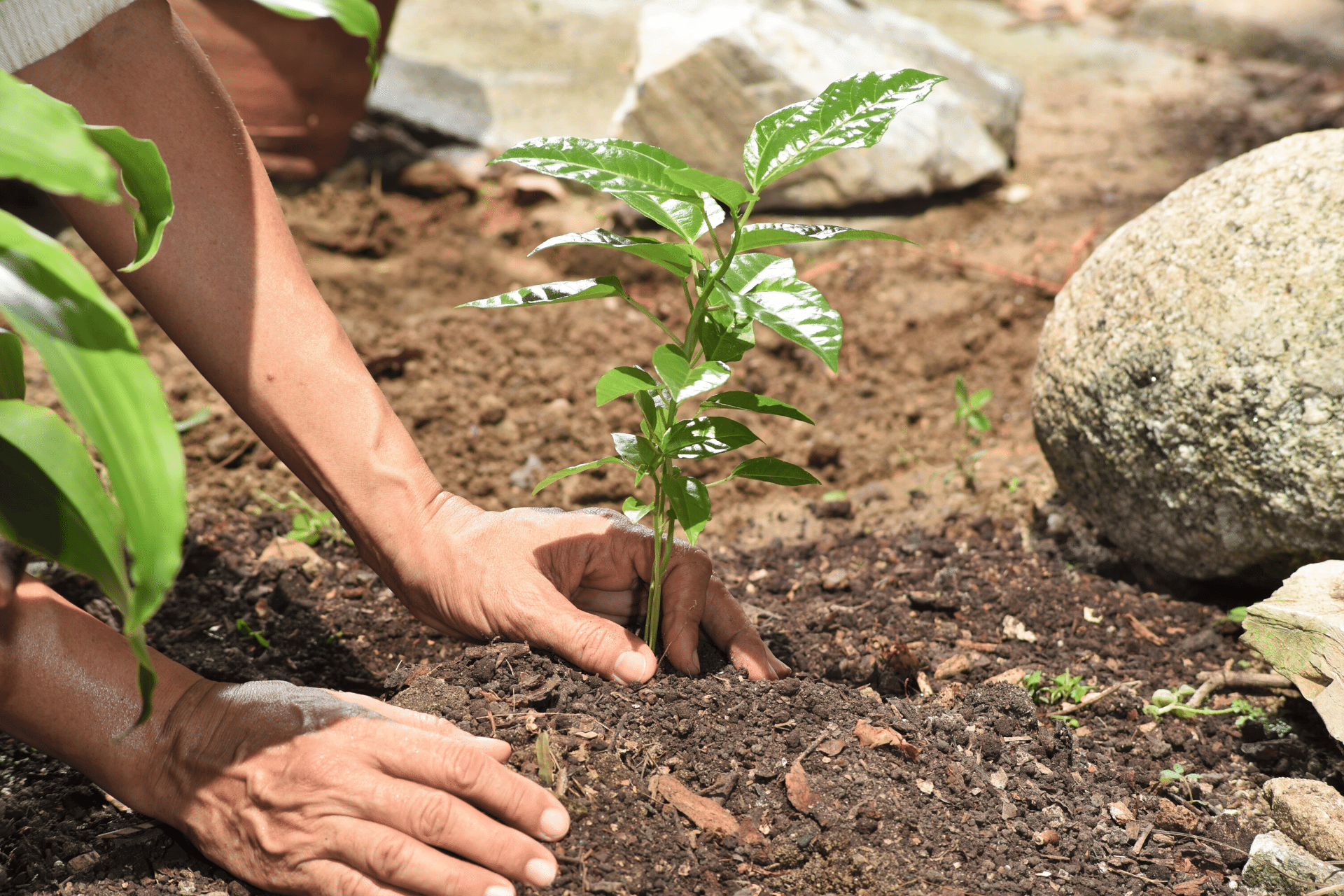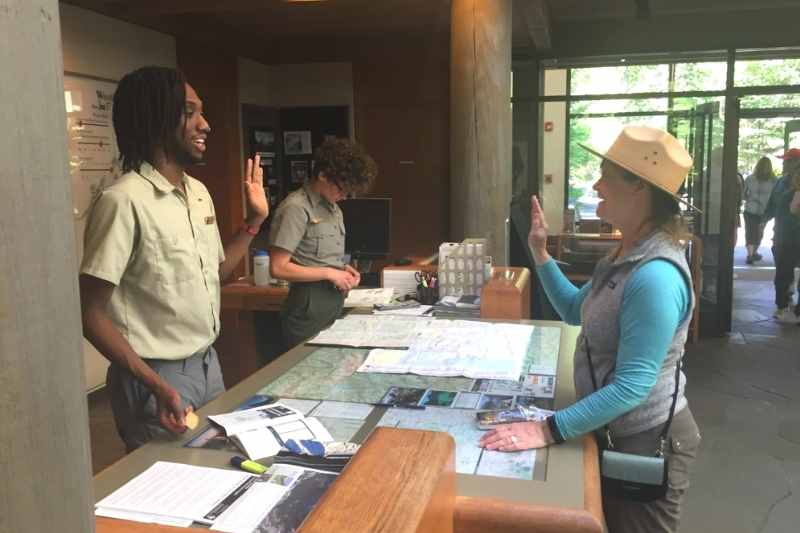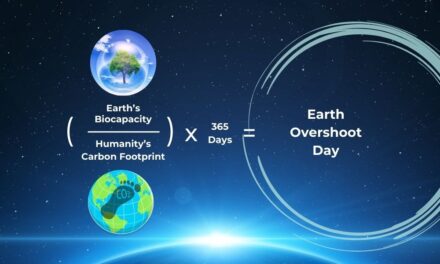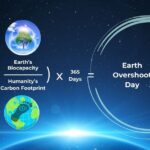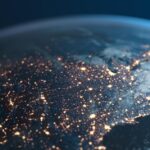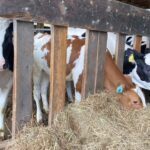I was surprised to learn that planting trees is among the most effective strategies for climate change mitigation. We know that trees renew our air by absorbing carbide dioxide and producing oxygen. The amount of oxygen produced by an acre of trees per year equals the amount consumed by 18 people annually. But how many trees do we have on the planet and how many do we need?
Thomas Crowther and his team (crowtherlab.com) started asking these questions and used big data and machine learning to understand the world better and explore ways to restore the planet.
Thomas and his team used a unique approach to determine how many trees are on the planet. Instead of relying solely on satellite pictures, which do not tell you what is going on the ground, they leveraged tree counts by thousands of people that had been done on the ground for other projects. By leveraging big data computing they were able to combine the counts and satellite data to find repeatable correlations. This led them to creating a global model and the “Tree Density of Three Trillion Trees” which was published in 2015. This was astounding as from just satellite pictures the number of trees was thought to be 8 times less!
This video by nature.org is a stunning visualization of our tree coverage.
Armed with this information the United Nations realized that they had not sized their tree campaign properly. So they changed their Billion Tree Campaign to the Trillion Tree Campaign (trilliontreecampaign.org). So far, 13.6 billion trees have been planted and more are planned. I invite you to go to their site and you can explore around the world the number of trees planted, current forests, and restoration opportunities.
While trees are effective at absorbing carbon dioxide and producing oxygen, is there sufficient, suitable land to plant enough trees to make a significant difference?
According to the data analytics results from Thomas Crowther and team, “Excluding existing trees and agriculture and urban areas, we found that there is room for an extra 0.9 billion hectors of canopy cover, which would store 205 gigatonnes of carbon in an area that would naturally support woodlands and forests.”
Translation: It makes a huge difference and we should all conserve forests, plant trees, and support others who are planting trees. With the continued urbanization of the world, we have the opportunity to increase our forests in rural areas as the population reduces and to increase the greening of our cities around the world.
Armed with a better understanding of our world, what actions can you take?
Join up with people who are working to protect existing forests around the world, find out about tree planting in your community, and support organizations that plant trees. To get started, look for a local organization such as treesatlanta.org and also global organizations such as 8billiontrees.com which are both doing great work.
Let us know about your tree efforts; no progress is too small. We would love to hear from you!

